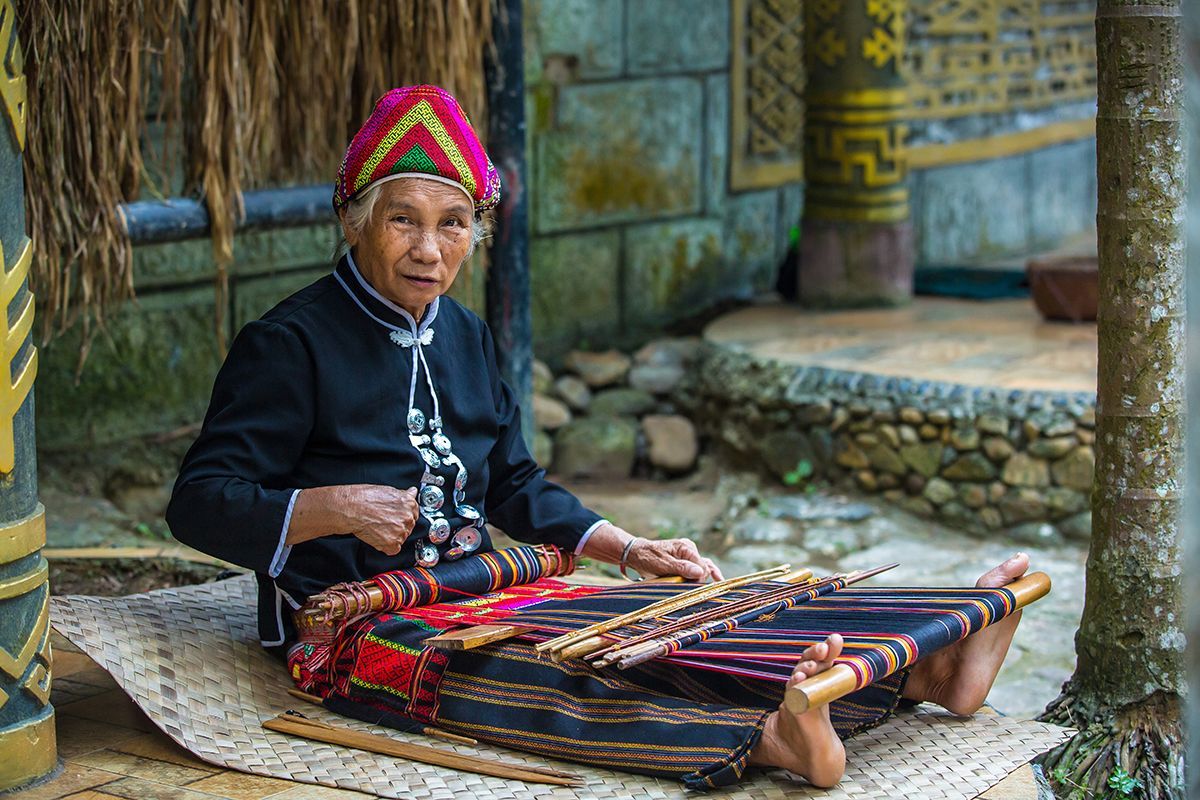© This article is an extract from Paul Hattaway's epic 656-page China’s Book of Martyrs, which profiles more than 1,000 Christian martyrs in China since AD 845, accompanied by over 500 photos. You can order this or many other China books and e-books here.
1951 - 100 Catholic Lepers Burned to Death
April 1951
Yongren, Yunnan
Of all the cruel and inhumane acts perpetrated against the children of God in China throughout history, perhaps none is so evil as that inflicted on approximately one hundred lepers in April 1951.
Near the town of Yongren, located on the side of a deep ravine formed by the Yangtze River—known in this part of China as the Jinsha Jiang (River of Golden Sands)—a Catholic work had been underway for some years aiding the many victims of leprosy who lived in the region. Lacking funds, the mission was only able to construct two shanties for the lepers to live in, with roofs of dried grass and walls of earth. Despite the humble facilities this most despised section of Chinese society was attracted to the warmth and love of the Christians, and by 1950 more than 80 lepers had moved into the community.
Between 1948 and 1950 a Chinese priest named François Li Du, who was associated with the Missions Etrangères de Paris, frequently visited the colony and “distributed medicines, food, and clothing which he received from charitable organizations.”[1] The priest also instructed the lepers in the Word of God, sharing the gospel with them and urging each man and woman to put their faith in Jesus Christ. Most if not all of the lepers did believe and the atmosphere of rejection they had lived in for so long was gradually replaced by an atmosphere of God’s grace and love.
In 1949 the Communists came to power. The following year they told the Catholics that they were no longer needed as the People’s Republic had replaced the Church and made it obsolete. Government officials travelled to the leprosarium and promised regular distribution of food and clothing, telling the lepers, “We shall protect you, aid you and give you medical care.” Several distributions were made as promised, and the lepers started to believe that their needs would be met by the new government. Other lepers still dwelling in the hills heard about the developments and came down to the leprosarium, bringing the total number of inhabitants to around 100. Then, in April 1951,
“the Communists told the lepers that they needed thatch to cover the two houses, and asked them to go and cut grass in the mountains. In return they were promised even larger distributions of supplies and medicine, and the lepers, without any suspicion of what was to follow, did as they asked. When the grass had been cut and put to dry inside and outside the leper houses, six Communist soldiers sent by the sub-prefect of Yongren blocked all the exits, and set fire to the grass. All the lepers were burned alive, with the exception of three who escaped by a miracle.”[2]

1. Palmer, God’s Underground in Asia, 214.
2. Monsterleet, Martyrs in China, 248.




